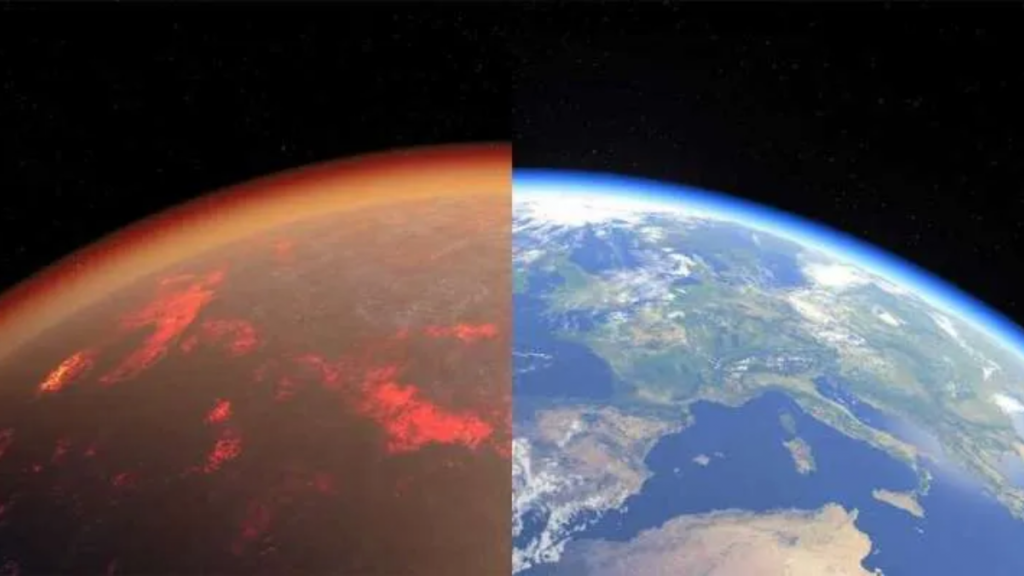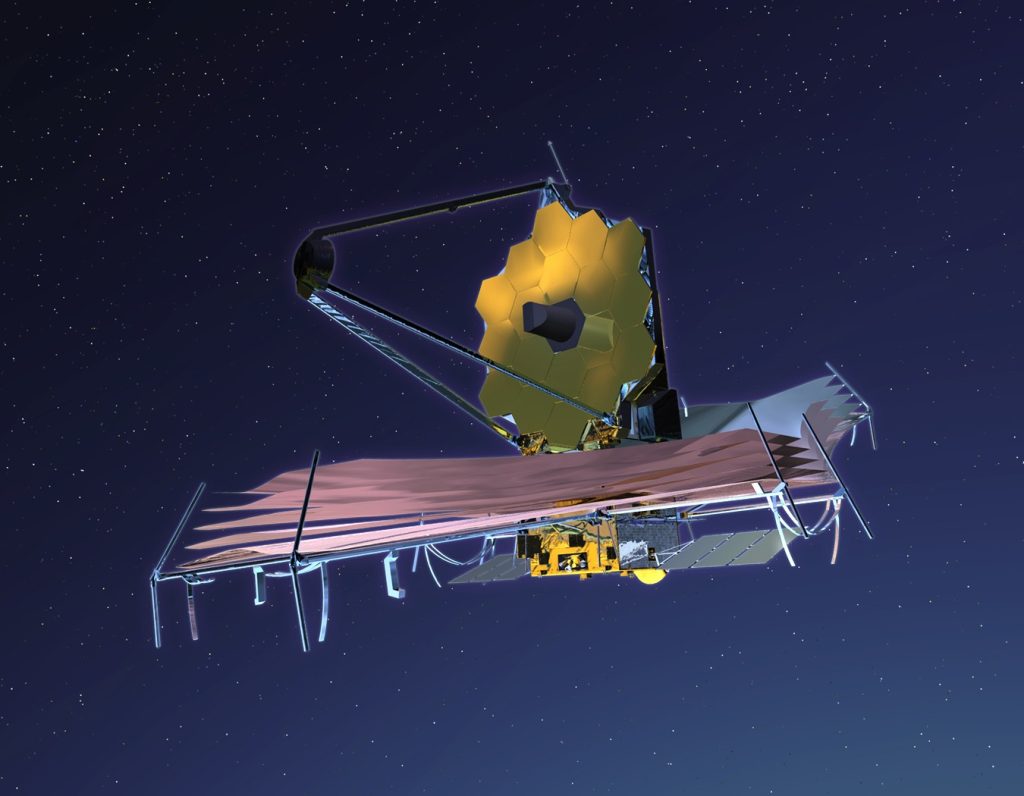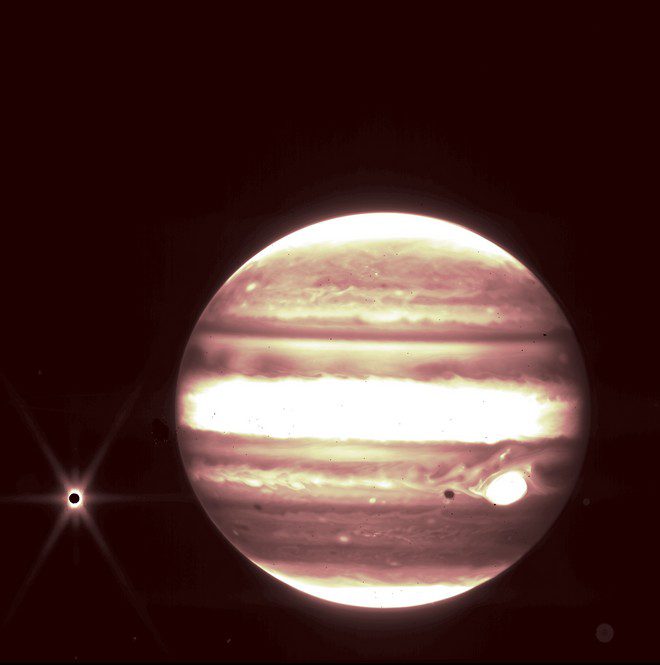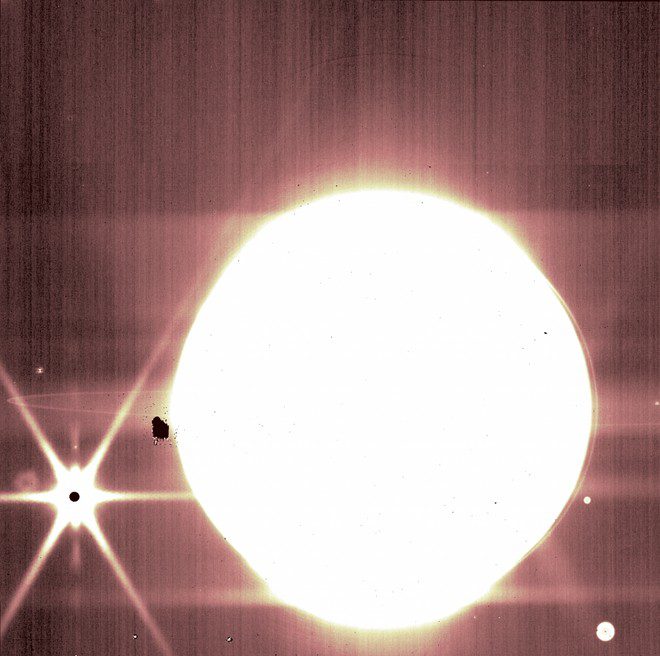The first scientific photographs taken by James Webb And released by NASA, they left their mouths open for everyone, as the details shown are unprecedented and this is more clear than compared to previous captures by Hubble and other older generation telescopes. But James Webb not only turned his gaze to the deep universe, but also tested his instrument with one of the most beloved planets in the solar system, gas giant Jupiter.
In fact, the images we will soon see in the testing phase were used to calibrate the instruments, and are therefore much older than what we saw last July 12. The James Webb framed Jupiter and its moonsUnprecedented ghostly detail reappears. Here they are to follow.
Like the first science snapshots, these are also infrared images obtained thanks to the space telescope’s NIRCam instrument through a 2.12-micron filter, but the colors are distorted by the processing method used. This is why the Great Red Spot appears white. But leaving this purely technical detail aside for a moment, did you notice that the shadow is visible to the left of it in the last top image? This is the shadow of the frozen moon of Europa, which can be clearly identified to the left of the planet.
In the upper spectrograms, the other two natural moons, Thebe and Metis, are clearly visible, and this observing ability may be very useful in studying some not-so-obvious phenomena, such as the famous plumes of material emerging from the moons of Enceladus and Europa.
In this last long-wave image with a 3.23-micron filter, it is also possible to see some of Jupiter’s rings (yes … not only Saturn has them) and in general it turns out that the power of James Webb’s instrumentation will be able to provide a series of additional information that we could not of access so far. We’re actually at the beginning of a new era of astronomical observation, but James Webb will also be able to catch moving objects like asteroids and comets. During the tests, the telescope targeted the asteroid 6481 Tenzing, located in the asteroid belt between Mars and Jupiter, to understand the limits of its detection speed.
Although it was designed to track objects moving at a maximum speed of 30 milliseconds per second, which is roughly the speed at which Mars in their view, the team showed that Webb would still obtain valuable data on celestial bodies moving at speeds of up to 67 milliseconds per second. Second, it is more than double the design expectations. The future of astronomical observation is proving to be particularly bright, and who knows if James Webb It will allow us to answer many as yet unanswered questions about the formation of the universe, dark energy, etc.

“Internet trailblazer. Travelaholic. Passionate social media evangelist. Tv advocate.”









More Stories
Watch what the planets were like 3.8 billion years ago, video (chilling reconstruction)
The origin of 469219 Kamo'oalewa has been revealed
The escape of oxygen and carbon was observed on Venus